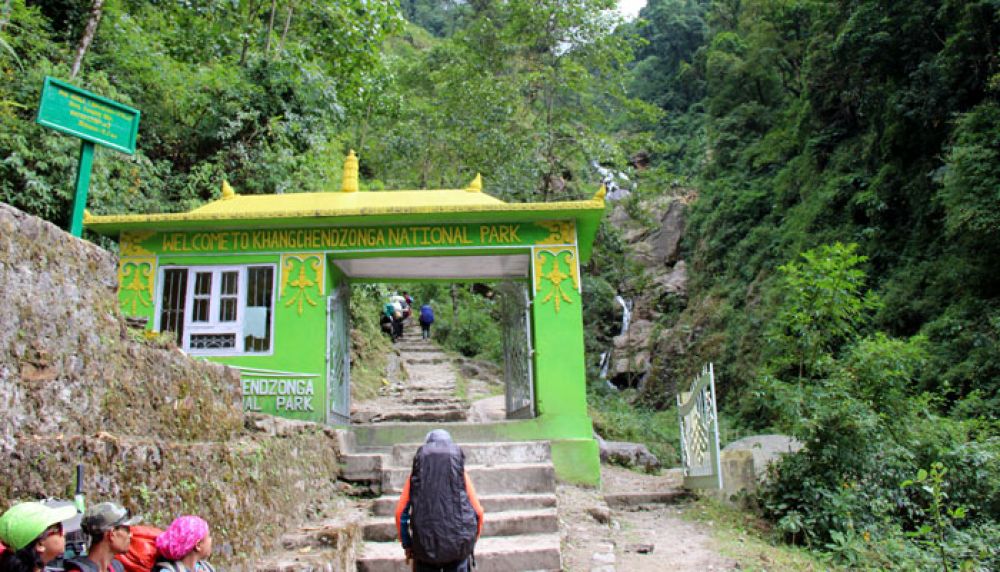

The state of Sikkim in India, nestled in the Himalayas, boasts magnificent natural beauty and rich cultural heritage. Among its numerous alluring destinations is the Khangchendzonga National Park (KNP), which has been pivotal in the tourism sector of Pelling as well as the entire state. The park is named after the third highest peak in the world, Mount Khangchendzonga, revered by the local Sikkimese as a guardian deity.
Although Sikkim has been a hub for mountaineering and adventure since as early as the 1800s, tourism in the form of national parks and protected areas is relatively new. The Khangchendzonga National Park itself was established in 1977, and it wasn't until the infrastructure in the state began to improve that tourists could easily explore such natural reserves.
The year 2016 marked a significant milestone in the park's history when it was inscribed as a UNESCO World Heritage Site, not only for its exceptional natural beauty but also for its cultural significance. This recognition has further bolstered the park's global reputation and attracted a larger number of tourists from around the world. The national park is notable for its unique diversity in biosphere reserves that inhabit various ecosystems from tropical to alpine.
In recent years, Pelling and its surroundings have become a centre for ecotourism. The concept of sustainable travel to natural areas has been embraced, ensuring minimal impact on the environment while providing an immersive experience for visitors. Local communities are heavily involved in these initiatives, providing them with a source of income and fostering cultural exchange.
Trekking and mountaineering remain at the heart of tourism activities, with the Goecha La trek being among the most popular, offering awe-inspiring views of the Khangchendzonga peak. Besides trekking, bird watching and wildlife sighting are key attractions, with the park home to a plethora of species including the Red Panda, Snow Leopard, and Himalayan Tahr.
Many tour operators in and around Pelling have begun to focus more on responsible tourism, promoting packages that advocate for eco-friendly practices. Homestays have become quite popular, providing an authentic experience of Sikkimese hospitality.
Furthermore, with the digital revolution, there has been a spike in awareness and interest through social media and travel blogs, introducing Khangchendzonga National Park to a broader audience. Visitors are increasingly seeking off-the-beaten-path experiences and meaningful interactions with local communities.
With the increasing emphasis on sustainability, future trends in tourism around Khangchendzonga National Park are likely to focus on preserving the fragile ecosystem while continuing to open up economic opportunities for the local population. Pelling is poised to continue as a destination where nature and culture coalesce, offering a profound travel experience for those who wish to tread lightly on the earth.
All in all, the evolution of tourism in Khangchendzonga National Park reflects a journey that not only fosters the growth of Sikkim’s economy but also maintains the sanctity and purity of this majestic Himalayan region.